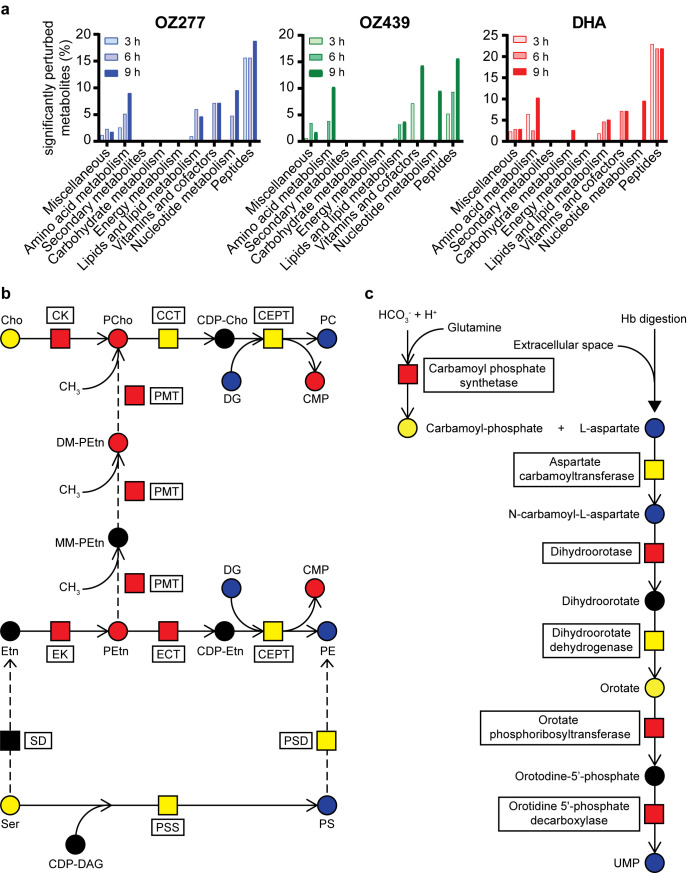Fig 6. Peroxide-induced disruption of secondary biochemical pathways.
a, Metabolic perturbations in trophozoite-stage parasite cultures (P. falciparum 3D7 strain). Pathway enrichment analysis showing the percentage of significantly perturbed metabolites (Welch’s t test; P-value < 0.05 and fold change > 1.5) as a function of metabolite class for extended (3, 6 and 9 h) exposure with OZ277, OZ439 (both 300 nM) and DHA (100 nM). b, Peroxide-induced disruption of the phosphatidylcholine (PC) and phosphatidylethanolamine (PE) lipid biosynthesis pathways within P. falciparum parasites (3D7). The dashed arrows represent an alternative route for the synthesis of PC from ethanolamine (Etn) in P. falciparum. CCT, choline-phosphate cytidyltransferase; CDP-, cytidine-diphospho-; CEPT, choline/ethanolamine phosphotransferase; Cho, choline; CK, choline kinase; CMP, cytidine monophosphate; DAG/DG, diglyceride; DM-, dimethyl-; ECT, ethanolamine-phosphate cytidyltransferase; EK, ethanolamine kinase; Etn, ethanolamine; MM-, monomethyl; PC, phosphatidylcholine; PCho, choline phosphate; PE, phosphatidylethanolamine; PEtn, ethanolamine phosphate; PG, phosphatidylglycerol; PMT, phosphoethanolamine N-methyltransferase; PS, phosphatidylserine; PSD, phosphatidylserine decarboxylase; PSS, phosphatidylserine synthase; SD, serine decarboxylase. c, Peroxide-induced perturbation of pyrimidine biosynthesis in trophozoite-stage parasite cultures (3D7). Hb, haemoglobin; UMP, uridine monophosphate. In b, c, metabolites (circles) and proteins (squares) in red and blue were increased and decreased in abundance after drug treatment, respectively. Yellow and black represent no change and not detected, respectively.

